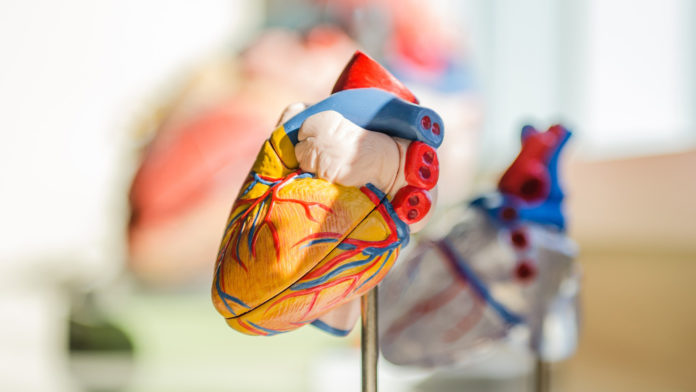The dystrophin protein is encoded by the longest known gene in the human genome. That leaves a lot of room for mutations to cause trouble, and in the worst case scenario there is little to no expression of dystrophin at all.
In those cases, people are born with Duchenne muscular dystrophy (DMD), an incurable condition where muscles break down because their muscle cells are easily damaged. Most people with DMD develop difficulty walking and breathing by their teenage years, and die of heart failure in their 20s and 30s.
But if some dystrophin activity can be restored, even with a shorter version of the protein, the symptoms tend to be much milder.
Toshifumi Yokota, professor of medical genetics at the University of Alberta, led the development of a new mixture of DNA-like molecules that could help nearly half of people with DMD. His team’s paper was published in the Proceedings of the National Academy of Sciences.
Yokota’s previous research pointed to synthetic DNA-like molecules called antisense oligonucleotides as potential treatment for DMD. Genes hold the instructions to make proteins, but the regions that actually hold the codes (called exons) are separated by non-coding regions (called introns). To create a functional protein, the complete gene is first copied, and the introns are spliced out to leave the exons behind as a mature transcript.
The cell’s molecular machinery that goes on to make proteins reads the transcript in groups of three bases that can be thought of like three-letter words. If letters are inserted or deleted, it can shift the entire transcript “out of frame,” and all the words that follow are wrong.
In DMD, the dystrophin gene usually contains large deletions in its exons, and that usually results in a frameshift mutation. The job of the DNA-like molecules is to bind the mutated exon and act like a bridge that lets the rest of the exons merge into a shorter transcript. The resulting dystrophin protein is also shorter, but it still provides some function, where before there was none.
Pharmaceutical company Nippon-Shinyaku worked in collaboration with the National Center of Neurology and Psychiatry Japan to turn that work into Viltolarsen: a drug now approved for use in patients that works on about 10 percent of people with DMD.
Yokota is now working to expand that work to accommodate more DMD patients, because every person’s mutations are different, and Viltolarsen only works on a single exon. The dystrophin gene contains 79 exons, and it turns out that exons 45-55 are a hotspot for mutations. Skipping all of them would provide a treatment that could work for nearly half of people with DMD.
But the solution wasn’t as straightforward as mixing together 11 antisense oligonucleotides. These molecules are expensive to make, and every one would need to make their way into a single cell to work together.
The good news is that sometimes skipping a few exons means the next one will get skipped spontaneously. Yokota’s team worked with various combinations to narrow down the number of molecules in their mixture from 11 down to five. They also tapped into research with cell-penetrating peptides, showing that they could bring more of their drug molecules into cells by combining both technologies.
Tested with humanized mouse models, repeated doses of treatment increased dystrophin production in the heart to an average of 7.7 percent of normal levels, versus 0.5 percent in the saline group, leading to improved heart function. This boost may one day improve survival in people with DMD.
The team now plans to carry out toxicology testing, which is the next step in clearing the path to clinical trials.








































